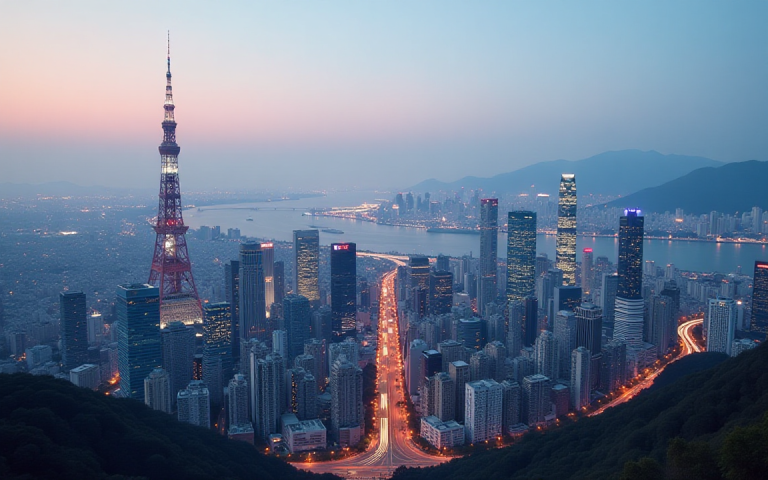The KOSPI Composite Index, which tracks the biggest South Korean companies, jumped on Tuesday, even as Donald Trump unveiled tariffs and after Samsung released weak financial results. The index jumped by over 1.17% to KRW 3,095, a few points below the year-to-date high of KRW 3,130.
Donald Trump leaves room for tariff negotiations
The KOSPI Composite Index jumped after Donald Trump sent a letter to South Korea’s president making the case for higher tariffs. He pledged that the US would impose a 25% on goods from the country on August 1 if there is no trade deal.
The new tariff threat came three months after Trump unveiled his so-called retaliatory tariffs on all countries. In a statement after that, he noted that South Korea was one of the first countries to send officials in Washington to negotiate.
Therefore, the new development meant that the deal the South Koreans were seeking did not materialize. A 25% tariff on South Korean goods, and the possible retaliation will hurt both sides.
Data shows that the two countries do trade worth over $197 billion annually. This includes US exports to South Korea worth over $65 billion. South Korean exports to the US totalled over $131.5 billion.
Therefore, the KOSPI Index rose after the tariff threat for two key reasons. First, Trump left the door for negotiations open, meaning that South Korea will work hard to reach an agreement by the deadline.
Second, there is the concept of TACO., which means that Trump Always Chickens Out. Trump often backs down after making major announcements.
Samsung earnings
The KOSPI Index also jumped even after Samsung published weak financial results. Its numbers showed that its profits fell for the first time since 2023 as it continues to lose market share to companies like SK Hynix and Micron.
Samsung, the largest South Korean company, reported that its operating profit decreased by 56% in the last quarter to $3.3 billion. Its revenue of 74 trillion won was flat.
On the positive side, the Samsung stock price rose after the company announced a 3.9 trillion share buyback. Share repurchases help investors by reducing the outstanding shares and boosting the earnings per share.
Samsung stock also jumped as investors predicted that the crisis is about to end. In a note, a CLSA analyst said:
“This is likely to be the bottom. Looking beyond the disappointing results in the second quarter, we expect a sequential recovery.”
The top gainers in the KOSPI Index were companies like Hansaemk, Dongyang Steel Pipe, Histeel, Able C&C, and Nexteel, which soared by over 16%. The top laggards were companies like Dongsung Pharmaceuticals, which fell by 65%, Ildong Holdings, Sewon, and Kumyang.
KOSPI Index technical analysis
The daily chart shows that the KOSPI Index has been in a strong rally in the past few months, moving from a low of KRW 2,286 in April to KRW 3,100 today.
It has remained above all moving averages. A golden cross pattern formed in May when the 200-day and 50-day crossed each other. The index has moved above the key resistance level at KRW 2,895, the highest swing in July last year.
The KOSPI Index has formed a bullish flag pattern, pointing to more gains in the coming weeks. If this happens, the next point to watch will be at KRW 3,500.
However, there is a risk of reversal as mean reversion happens.. If this happens, the index will likely drop and retest the support at KRW 2,895.
The post Here’s why KOSPI Index rose after tariffs and weak Samsung earnings appeared first on Invezz

